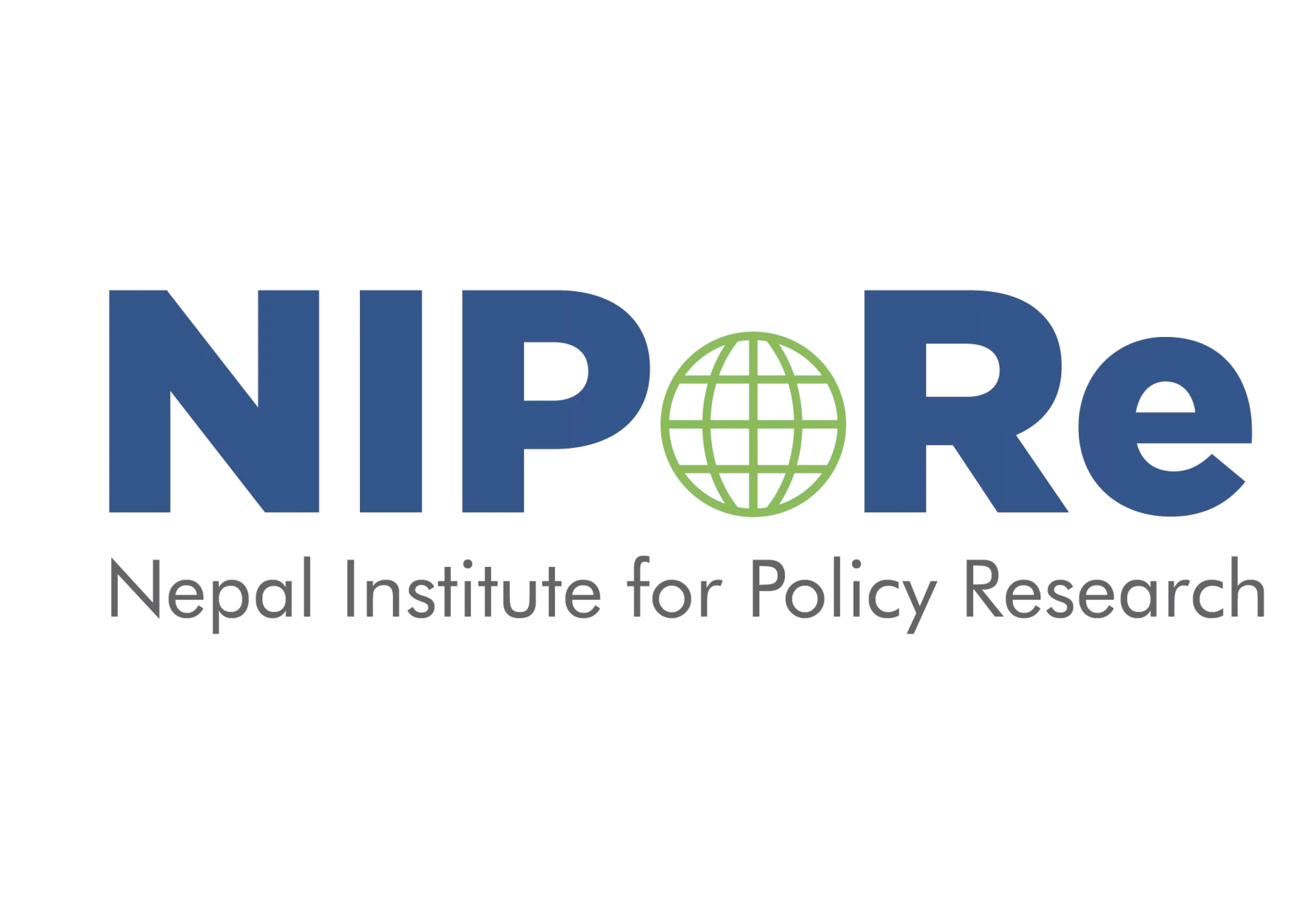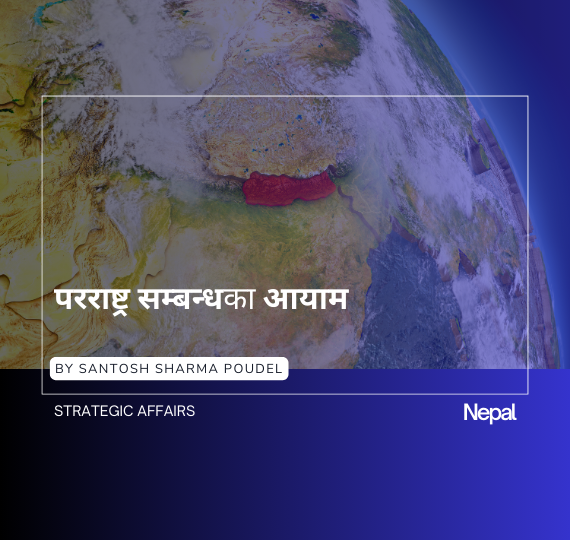Enabling Factors for Public-Private Partnership in Infrastructure in Nepal
Synopsis
The fanfare with which the Third Nepal Infrastructure Summit was organized during 11-12 September indicates a realization that public infrastructural goods unequivocally contribute to national development. Public-private partnership is gradually being considered as the modality of choice to implement large infrastructure projects in Nepal, as evidenced by the recently passed Public Private Partnership and Investment Act, 2018. Although, it is essential to understand the state of the enabling conditions that in are in place currently that could either contribute or hinder effective public-private partnership in infrastructure in Nepal. The EIU Infrascope Index that measures a country’s capacity to implement PPPs in infrastructure is a good reference point in this regard. This RC draws lessons from common literature on the subject that Nepal could consider in terms of improving its enabling environment to implement PPPs in infrastructure.
PPP in Infrastructure in Nepal
There is an increasing consensus across political parties, the civil service, the private sector and the donor agencies that Nepal needs to urgently make strides in its infrastructure development. Further, to operationalize implementation of infrastructure projects, for the right reasons, Public-private partnership (PPP) is gradually being considered as the right modality to achieve these ends. After all, developing nations such as Brazil, China, India, Malaysia and Indonesia, to name a few, have managed to upgrade national infrastructure through the effective applications of PPP arrangements.
Any development in promoting PPPs in infrastructure in Nepal must be lauded. Consider the direct relationship between investments spending and raise in gross domestic product (GDP). For instance, “the International Monetary Fund estimates that an increase of 1% in investment spending raises gross domestic product (GDP) by approximately 0.4% in the same year and by 1.5% in 4 years after the increase” (IMF, 2014).
The increased importance given to PPP in Nepal is further attested by its importance underlined during the Nepal Infrastructure Summit held last week, which comes after a month of the first India Nepal Logistics Summit. Further, the Federal Parliament passed the Public Private Partnership and Investment Act, 2018, which only demonstrates there is a growing realization among major policy stakeholders that Nepal needs better infrastructure as a start to also support the tourism, education as well as industrialization.
It is useful to closely look at the enabling as well as disabling conditions in Nepal that would affect implementation of PPPs in infrastructure. For instance, how willing is the private sector in Nepal and foreign investors to invest in Nepali infrastructure? And more important, how capacitated is the Nepali public sector to bring relevant parties on board? Considering the low number of PPPs in infrastructure in Nepal, as compared to most of Asia, it does seem like Nepal still needs to get some fundamental factors in place. Although, the new PPPI, 2018 Act that seeks to establish a PPP Unit within the Investment Board, Nepal, is exclusively mandated to oversee PPP infrastructural undertakings.
Infrastructure Ranking of Developing Asian Economies, 2017–2018

Source: World Economic Forum. 2017. Global Competitiveness Report 2017–2018
Why PPP in infrastructure?
The World Bank defines PPP as “a long-term contract between a private party and a government entity, for providing a public asset or service, in which the private party bears significant risk and management responsibility, and remuneration is linked to performance” (World Bank, 2018). There may not be a better way to cover the infrastructure gap than public and private sector working alongside each other. PPPs “have been an effective conduit to channel private capital and funds to address a broader development agenda” (Deep, Kim, & Lee, 2019).
The increasing preference of availing PPP is easily understood, as “Lee et al. (2018) projected that doubling PPP investment from 0.5% of GDP in 2015 to 1% generate additional 0.1 percentage points to GDP growth per capita across Asia and the Pacific” (Deep, Kim, & Lee, 2019).
Further, while the public sector has the capacity to be the guarantor and can mobilize the state apparatus, the private sector provides readily available capital, operational efficiency, innovation in project implementation, and managerial and technical skills. Most importantly, the public sector could afford to consider the welfare implications of projects proposed under PPP.
The Infrascope Index provides an immediate reference point for evaluation:
The Economist Intelligence Unit (EIU) provides a very handy and insightful tool known as the Infrascope Index which Nepali policy makers can immediately consider using as a guide to improve the countries enabling environment. The Infrascope index is a benchmarking tool that assesses a country’s implementation capacity to execute key infrastructure sectors through PPP in transport, electricity, water and solid waste management. Hence, it allows policy makers to quickly identify major hindrances “unlock the power of PPPs and support the broader development agenda”.
Unfortunately, Nepal is not included in the index as of now. Although, on the bright side, the index exclusively studies countries where the American agency Millennium Challenge Corporation (MCC) works in. As Nepal is one of the beneficiaries of MCC, it is likely that Nepal will be considered in this index after MCC’s projects start the construction of “313-kilometre-long 400 kVA high-voltage transmission lines and three high-capacity substations, including building 1,039 transmission line towers across the alignment, and build different road projects with a total length of 305 kilometres.” (The Himalayan Times, 2019)
Does Nepal’s public sector have the capacity to effectively implement PPPs?
While it is useful to explore if the public sector of Nepal is adequately competent to implement effective PPPs, it is also fair to question whether the private sector is. An excellent report by Asian Development Bank, that compares PPP in infrastructure across Asian economies states that, “Among major factors supporting PPP implementation, the following features are critical: coherent policy, public sector capacity to manage PPP appropriately, public sector willingness to have mutual relation with private partners, and leadership” (Deep, Kim, & Lee, 2019). The challenges to apply PPP in a large scale pertains to it is a complex system; requires specific and sufficient knowledge of financing structure, risks allocation, contract management, and disputes resolution; and the transaction process usually takes a long time to conclude” (Zen, 2018).
In Nepal, investments in the infrastructure sector are often misunderstood to mean merely construction. The actual work continues after construction has concluded, including how the infrastructure is managed and maintained, and identifying different collaborative mechanisms that would engage the private and public sector together. This points to the extraordinary role that the public sector needs to play as the private sector could not be expected to take primarily take the role of a custodian.
As per the index, the following indicators can be used to evaluate Nepal’s readiness and capacity to implement PPPs in infrastructure into five components:
- Enabling laws and regulations
- The institutional framework
- Operational maturity
- Investment and business climate
- Financing facilities for infrastructure projects
Policy Implications
Considering that the public and private sector have usually functioned in silos in Nepal, an environment of mitigating suspicion between the two needs to be created. While the public sector needs to regard the private sector as an equal partner in any PPP-based project; the private sector needs to take advantage of the fact that the public sector can indeed leverage massive resources, not limited to economic, but also the state apparatus to implement projects run under PPP. Huge profits can thus be generated.
Finally, the public sector should be under no delusion that PPPs will get off the ground by merely passing legal instruments and organizing glamorous summits. Traditionally, the public sector has been reactive in terms of putting relevant policies in place to address any issue, so when it comes to PPPs, it should be at the vanguard of initiating and ensuring all stakeholders are brought together. After all, the mandate to ensure welfare of a country is with the public sector, and not necessarily with the private sector that is not compelled to consider welfare implications.
References
- Deep, A., Kim, J., & Lee, M. (2019). Realizing The Potential Of Public–Private Partnerships To Advance Asia’s Infrastructure Development. Manila: Adb.
- IMF. (2014). World Economic Outlook: October 2914: Legacies, Clouds, Uncertainties. Washington, DC.
- The Himalayan Times. (2019, August 08). MCA-Nepal projects to start from June 2020. Retrieved from The Himalayan Times: https://thehimalayantimes.com/business/mca-nepal-projects-to-start-from-june-2020/
- World Bank. (2018, 02 06). What are Public Private Partnerships? Retrieved from Wolrd Bank PPP LRC: https://ppp.worldbank.org/public-private-partnership/overview/what-are-public-private-partnerships
- Zen, F. (2018). PUBLIC–PRIVATE PARTNERSHIP DEVELOPMENT IN SOUTHEAST ASIA. Manila : ADB



